Failure!
I fluxed the components thoroughly.. using a good tapioca mix of HT5 on both surfaces and having it almost dry before rivetting (partly due to my slow plod at doing that). I figured more flux better than less and the thick coating acting to prevent the rivettng beng too tight.
The everything allowed to dry.
I hit te same issues Brian had.. failure to get the first stage boiler bits hot enough quick enough. I had it poitioned siting on the flat firebox end, enclosed on three sides with vermiculite blocks but necessary with space to access the pump plate and the tube end open to acess the inner pads.
I directed the 25KW burner first at the outer surround of thermalite blocks to warm them up, then generally over the whole assembly until it was blackening and then concentrated the heat up from the firebox end with the flame shooting up the tube. The wrapper heated up to dull red and bright orange quite quickly with the flux liquifying but getting it to the yellowish tint I now recognise as necessary for high temp solder proved impossible. Stupidly I still tried to solder. The HT5 exhausted very fast..perhaps helped by the heat air-flow. I did manage to get one seam soldered by dipping a rod in flux powder and laying along the seam but even blowng sraight at the tube from outside of one of the inner pads doesn;t get the inner pad hot/bright enough to solder.
I could see that if I'd laid solder rod along the outer parts' seams I maight have succeeded but accessing the inner pads in the same session that way would prove hard to impossible. There was enough heat blowback that even with my cheap welding gloves my hands were getting hot and I coudn't get closer than 1/3 a rod.
I should have abandoned the session but foolshly plugged away thus destroying any sane chance to reuse any of the bits.
What i did learn: I had always assumed that copper conductivity would get all of it more evenly hot but at one pont I had one end almost at yellow heat but the other end still black – suggesting one could sub-divide this part of the soldering further allowing more insuation of sections.
It also makes me wonder how th author managed with presumably a parrafin blowtorch..unless they actually burn hotter than propane.
Brian Abbot listed his failure even with a larger torch and i can see how that could easily fail by just exhausting the flux quicker.
Even success at this stage doesn't bode well for success at the further stageswith more lump to cook.
pgk pgk.


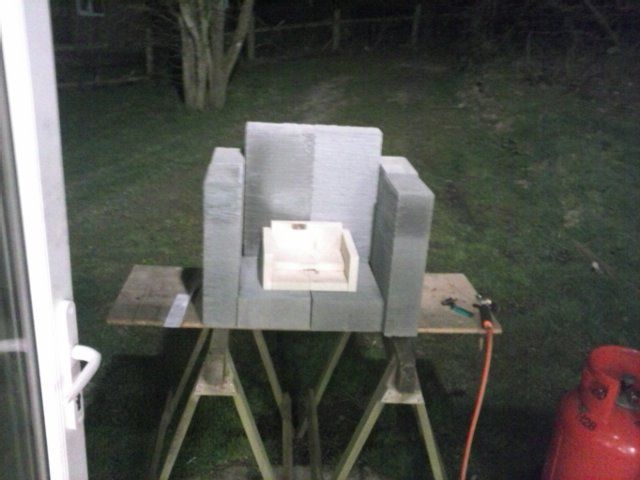
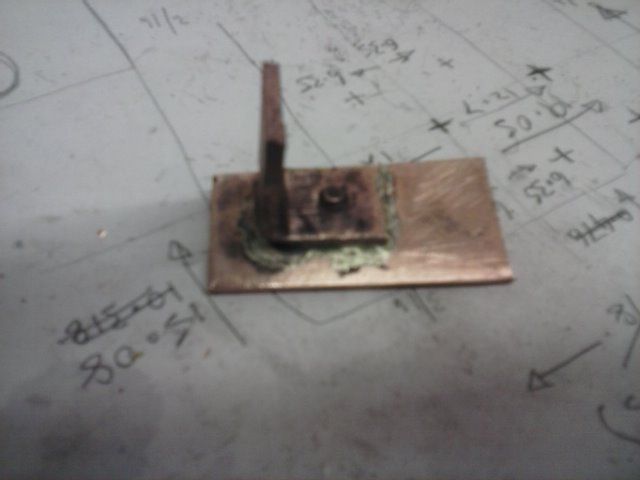

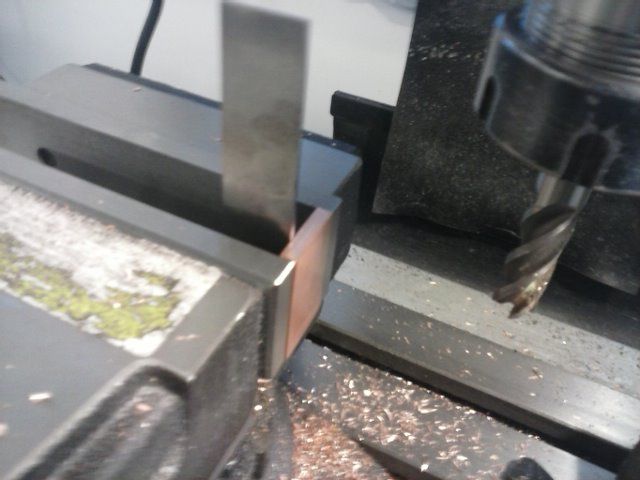
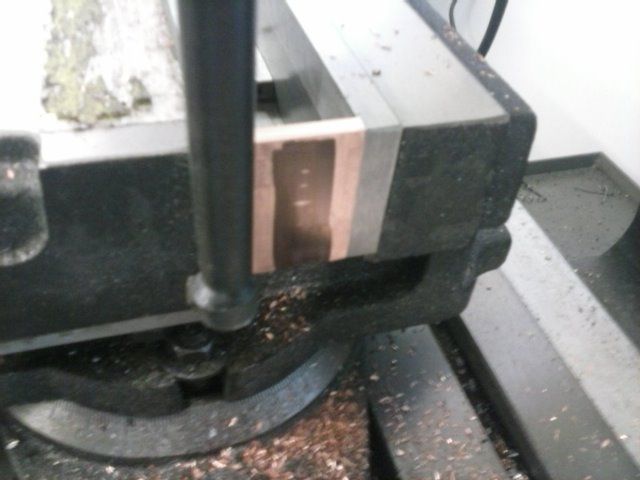
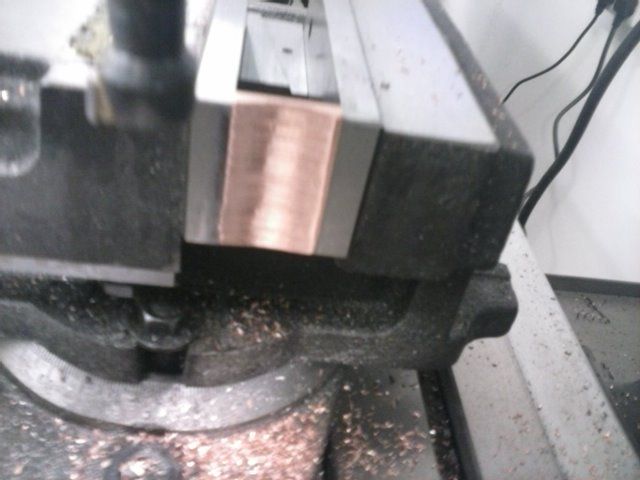

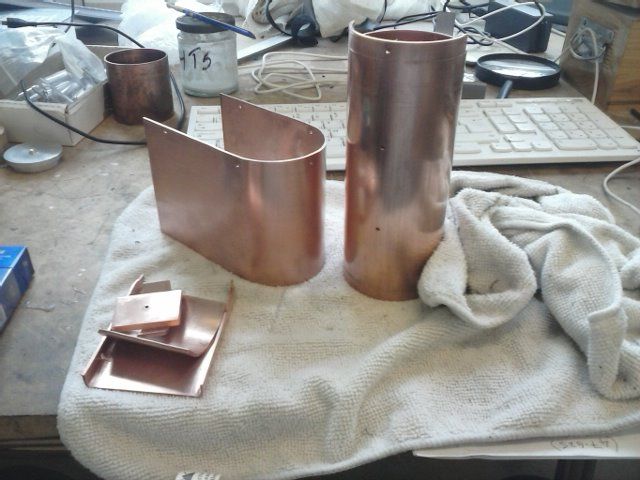
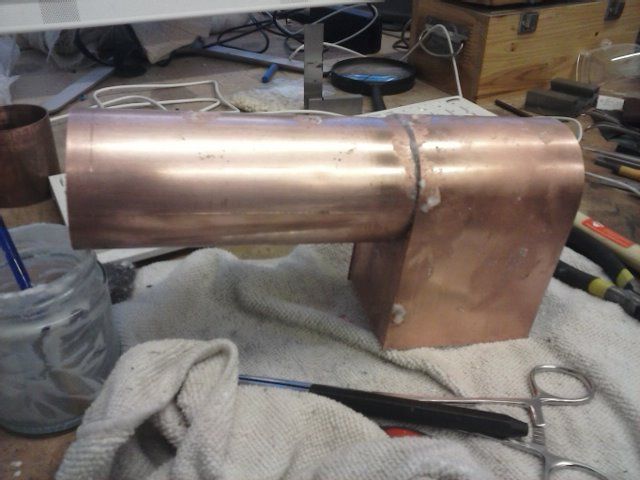
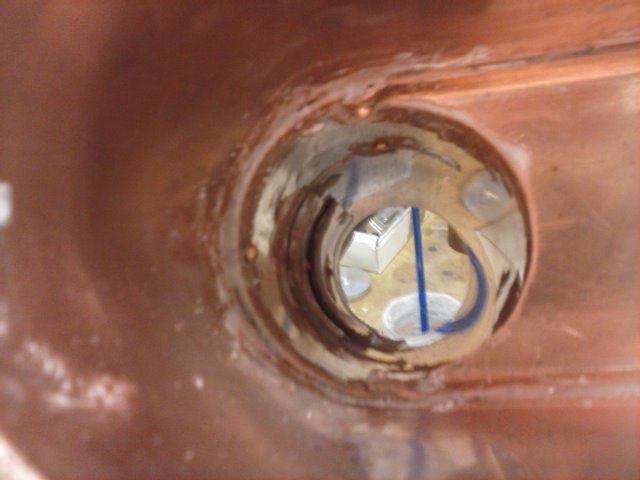

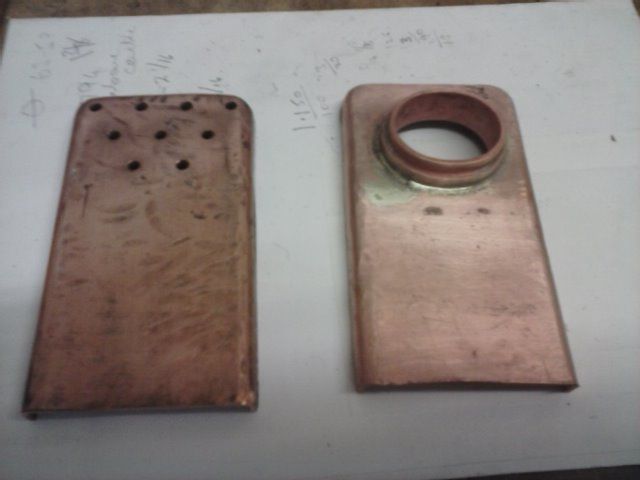

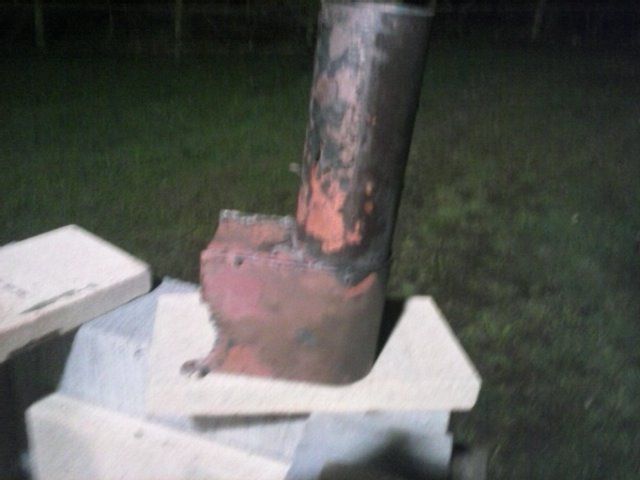
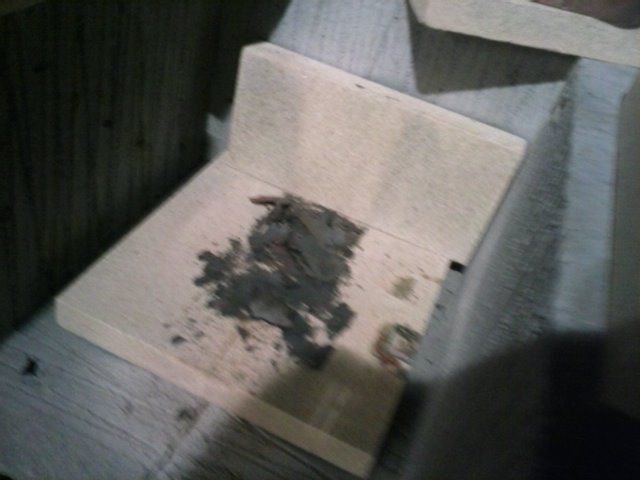
 ).. You suggested way back that I make up some bronze spacers between firebox and outer wrapper for the hornplate fixings. I didn't twig back then that on this build the outer wrapper is placed before the firebox soldered unit is inserted. That would make placing your spacers problematic. Options that i see would be to just place rods with no spacing function or plaigerising the idea from metric minnie of making up rods and slipping them through s/s spacing sleeves????
).. You suggested way back that I make up some bronze spacers between firebox and outer wrapper for the hornplate fixings. I didn't twig back then that on this build the outer wrapper is placed before the firebox soldered unit is inserted. That would make placing your spacers problematic. Options that i see would be to just place rods with no spacing function or plaigerising the idea from metric minnie of making up rods and slipping them through s/s spacing sleeves????

